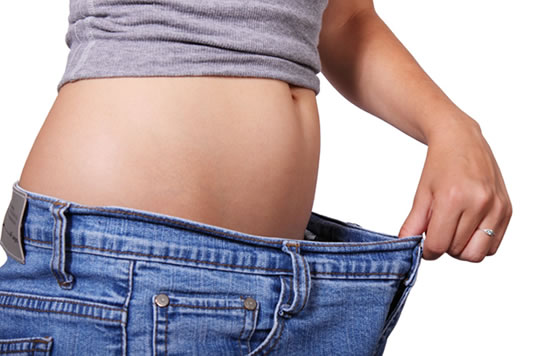How to overcome one of the biggest barriers to weight loss.
Managing the emotions behind eating is one of the biggest barriers to weight loss, research finds.
Addressing emotional eating can double the chances of weight loss success, one study has found.
One technique is to imagine the thoughts that might trigger emotional eating as travelling away on a ‘conveyor belt’.
Mental images like this can help people step back from their emotions and control their eating.
Unfortunately, many weight loss programmes do not even address psychological factors like this.
The tendency is to focus on diet and exercise, without considering the impact of the mind.
People frequently have an emotional connection with food — it is this that can drive overeating.
For example, when feeling bad it is common for emotional eaters to cheer themselves up with food.
Foods like cookies might be linked to comforting memories of childhood or feelings of safety, which encourages their consumption.
Being able to spot this link and predict the regret emotional eating will bring on later can help curb the problem.
Dr Edie Goldbacher, at Temple’s Universities, Center for Obesity Research, said:
“Emotional eating may be one reason why people don’t do as well in behavioral weight loss groups, because these groups don’t address emotional eating or any of its contributing factors.”
Janet Williams, who successfully lost 17 pounds and has kept it off, took part in a Temple University study that targeted emotional eating.
She says:
“The program doesn’t just help you identify when you eat.
It helps you recognize triggers that make you eat, to help you break that cycle of reaching for food every time you feel bored, or frustrated, or sad.
I still use the skills I learned in the study.
I’ve learned to say, ‘I will not allow this emotional episode to control my eating habits.'”
One study has found that learning to control emotional eating could almost double the odds of successful weight loss.
The study was published in the Journal of Behavioral Medicine (Braden et al., 2016).

